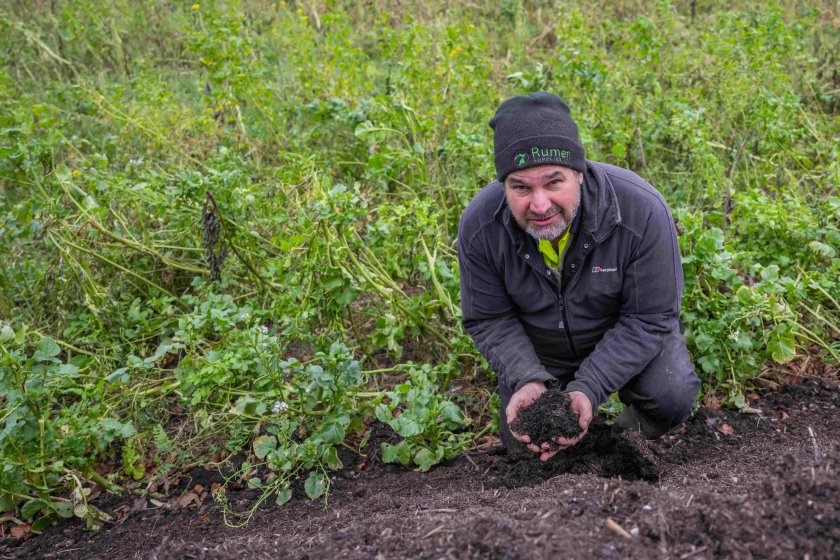
Farmers can now get their hands on the UK's most comprehensive guide to selecting, establishing and terminating cover crops.
Appropriate species selection is essential for farmers to unlock the benefits of cover crops, and with the help of the new guide, they can get the latest advice.
Cover crops are non-cash crops that add soil organic matter and nutrients, reduce soil erosion and leaching, while promoting moisture management.
They also benefit biodiversity and mitigate pest and disease outbreaks, when planted between two cash crops.
The free-to-use Cover Crops Guide was co-designed by farmers with the help of the Yorkshire Agricultural Society’s Farmer Scientist Network.
Using its interactive plant species selection tool, growers can assess the suitability of different brassica, legume, cereal and other varieties of cover crops.
Each species is profiled for its winter hardiness, root depth, grazing potential and nitrogen fixing and storing qualities.
Details of each species’ sowing period, depth and rate, seed size and insect benefits are provided, as well as growth rate, reliability and soil benefits.
Case studies of farmers who trialled and settled on established cover crops rotations are also available, and there are recommended resources for further information.
The Farmer Scientist Network said that, ultimately, the guide aims to provide farmers with access to the most comprehensive information for successful adoption of cover cropping on UK farms.
Yorkshire farmer Angus Gowthorpe, who led the project, said the guide draws on carefully curated literature and scientific research on cover crops.
“This new guide has been developed with input from a dedicated steering group of farmers and soil experts," he explained.
“What makes this a particularly comprehensive resource, and the first of its kind in the UK, is the intelligence that has been contributed by the wider farming community.
"We hope this tool proves to be useful for anyone who is looking to get started in cover cropping, or who wants to finetune their species mixes to maximise benefits to their soils, wherever they are in the UK.”
Dr Dave George, chair of the Farmer Scientist Network, added that the use of cover crops had 'clear tangible benefits' to soil health.
He said: “Poor decisions at any stage of the process, from seed selection to termination, can result in failed crops, wasted time, financial loss and missed opportunities.
"That’s what makes the guide a game-changer: it gives farmers an informed resource to confidently make decisions about which cover crops to plant where and when, and how to manage them.”
The Cover Crops Guide is available to read online for free.
